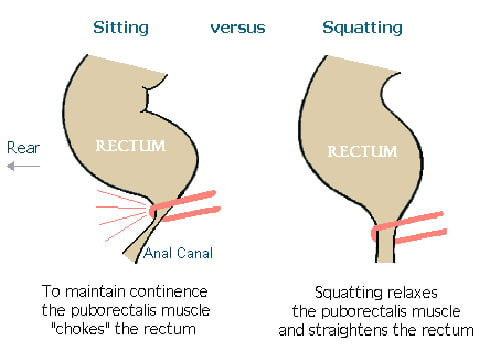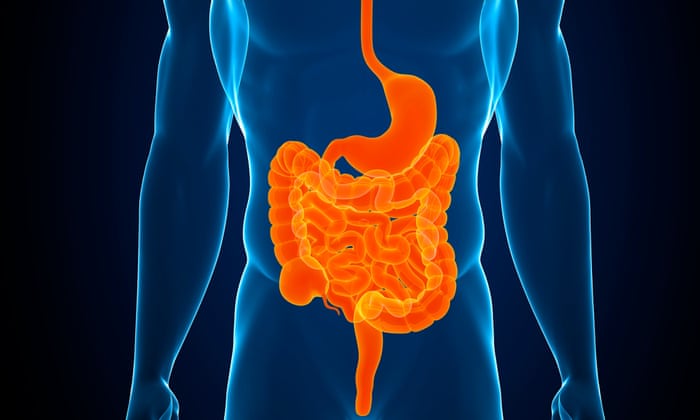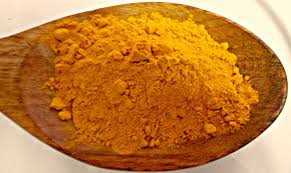Who knew sitting on the toilet was bad for you? In her best-selling book Charming Bowels, microbiologist Giulia Enders explains how to go to the loo
The gut is not designed to 'open the hatch completely' when we’re siting.
by Annalisa Barbieri
In my large Italian family, I grew up with the subject of poo, bottoms and constipation readily – and far too frequently – discussed at the dinner table. I’d be about to raise a raviolo to my mouth, only to hear how someone’s piles had popped, just that morning.
This doesn’t mean I’m anal (sorry) about the subject. It’s fascinating away from the lunch table. Late last year, I read that we are pooing all wrong: we should be squatting, not sitting, on a toilet bowl. Then a book called Charming Bowels by Giulia Enders caused something of a storm in its native Germany and I got fully immersed in the subject.
Enders is studying in Frankfurt for her medical doctorate in microbiology. She is utterly, charmingly obsessed with the gut, gut bacteria and poo. She writes and talks about her subject matter with such child-like enthusiasm, it’s infectious. And, yes, we have been pooing all wrong. Enders tells me about various studies that show that we do it more efficiently if we squat. This is because the closure mechanism of the gut is not designed to “open the hatch completely” when we’re sitting down or standing up: it’s like a kinked hose. Squatting is far more natural and puts less pressure on our bottoms. She says: “1.2 billion people around the world who squat have almost no incidence of diverticulosis and fewer problems with piles. We in the west, on the other hand, squeeze our gut tissue until it comes out of our bottoms.” Lovely.
But not to worry. Although you can climb on your toilet seat and squat (“It might be fun!”), we can iron out the kink by sitting with our feet on a little stool and leaning forward. The book even has a helpful drawing by Enders’ sister.
Then there are the sphincters. One of them we probably all know about – the one we open consciously – but there is also another, inner one, which is operated unconsciously. This ani internus sends a sample into the chamber between the inner and outer sphincter for the sensor cells to analyse and decide if it’s “safe” to fart or poo: “Yes, you’re at home. No, you’re in the office.” If it’s not safe, the sensors send it back in. But, if the inner sphincter is ignored enough times – say, because we are too shy to go to the loo for fear of being overheard – it sulks and can switch off. That’s one of the reasons constipation can occur.
Enders loves her inner sphincter. “Learning about those two sphincters really changed my perspective on life,” she says. “Those inner nerves don’t care for other people; they have no eyes or ears. Finally, something that only thinks of me! So, now I can go to the toilet anywhere. I worship that muscle!”
But the gut – and Enders’ book – is about far more than poo (although there is plenty there, about consistency, frequency, buoyancy, colour and laxatives, to keep the most forensic of scatologists happy). Enders’ big thing is bacteria. Our gut, which comprises two-thirds of our immune system, is full of the stuff. Two kilos’ worth, in fact. Our bacteria fight pathogens, are involved in blood-group development, digest our food, extract energy, produce hormones and can affect our mood. This gut/brain connection is a fairly new area of medicine, which Enders is very excited about. And she’s not alone: the American biochemist Rob Knight told science journal Nature that the field “offered at least as much promise as stem-cell research”.
“There is an increasing interest in the gut microbiota and health and disease,” confirms Dr Ayesha Akbar, consultant gastroenterologist at St Mark’s hospital in London. “There is a huge number of gut bacteria which, in health, maintain a balance. However, an imbalance has been linked to many chronic disorders, including inflammatory bowel disease and obesity. There is a suggestion that they may also be linked to psychiatric disorders and mood, with the majority of evidence coming from animal studies. Further research needs to be performed in humans in this area.”
Enders’ own interest in this link started when she was a new student. She met a man at a party whose breath was “the worst I have ever smelled – almost faecal”. The next day, he killed himself. “Could a diseased gut,” she wonders, “also have affected his psychological state?” She is keen, though, to point out that depressive disorders are multifactorial and not always connected to the gut; much more research is needed. The first human study of the effect of intestinal bacteria on the brain was only conducted only two years ago.
Enders admits that writing about a possible connection between our psychological state and the gut was “the hardest part of the book for me. A professor would have been scared of putting it in the book, but I feel people are being robbed if they don’t know about this research.”
As well as some serious issues, there are plenty of entertaining nuggets in the book. Did you know that our spit contains a painkiller more powerful than morphine: opiorphin? We have it only in minute quantities, so that we’re not off our heads all the time. Eating, though, releases more of the chemical and Enders wonders if this is one factor in comfort eating. And guess what? Your appendix – that bit of people always say is of no use – is actually made entirely of immune tissue and is a veritable larder of the best, most useful bacteria for the gut.
Enders’ book is full of stuff like this. I hate to say it, but it is the perfect toilet book. Thankfully, it has also been translated into Italian, so that’s Christmas sorted.




















